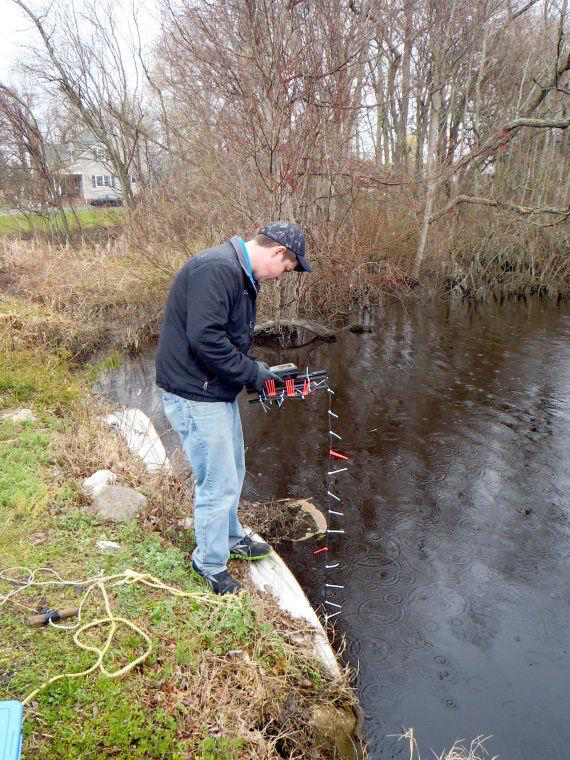Nanticoke River Health
- jmstribling
- Feb 19, 2020
- 2 min read
When scientists assess the health of a river, often the best indicator is the community of organisms living in and on the bottom sediments. This community is almost entirely composed of invertebrates, like mussels, clams, worms, and other “benthic” (bottom-dwelling) organisms. One very common group is called polychaetes (“many bristles”), which includes the well-known bloodworm used as fishing bait. These benthic animals are also a critical part of the river’s food web, feeding “higher” organisms like crabs and fish.

These animals are usually not very motile, and they are directly exposed to the pollution carried in the water and attached to the sediments, as many of them feed there like earthworms do in garden soils. They are sensitive to changes in dissolved oxygen as well, since they live on the very edge between oxygenated and anoxic (no oxygen-containing) habitats.
Recently, scientists have noted the appearance of an exotic large polychaete, Hermundura americana, native to the Gulf of Mexico and Central America. First observed in the Elizabeth River in 2008, it is now prevalent in the Bay and has moved into the Lower Nanticoke and Wicomico Rivers. Like many species, this one is expanding its range northward, perhaps as a result of global warming, and its impacts are not yet known, though its Bay population is growing rapidly.
As with any exotic species, it has the potential to disrupt the ecosystem, but we need much more information to know how it will affect the river and its native benthic communities.
Maryland’s Department of Natural Resources just released a report assessing the health of the benthic communities throughout Chesapeake Bay for the period from July 1984 – December 2018. Baywide, the benthic degraded area decreased over the course of the study, but more individual sites showed declines than improvement. Of 27 sites sampled, 8 had declining trends in benthic health, including the Nanticoke River, which showed "strong increasing degradation." The Nanticoke sampling site is near the mouth, and it is influenced by Fishing Bay pollution as well as by nutrients and toxic materials from upstream.






Comments